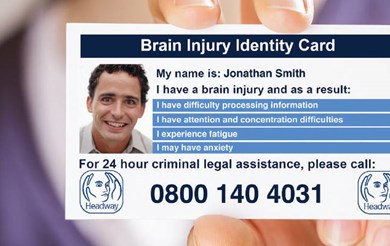Glasgow Coma Scale
There are different levels of coma, ranging from very deep, where the patient shows no response or awareness at all, to shallower levels, where the patient responds to stimulation by movement or opening eyes. Still shallower levels can occur, where the patient is able to make some response to speech. Level of coma is usually initially assessed by the Glasgow Coma Scale (GCS).
The GCS is a very simple, easy to administer technique which is used to rate the severity of coma. It assesses the patient’s ability to open their eyes, move and speak. The total score is calculated by adding up the scores from the different categories, shown in the tables below, and ranges from a minimum of 3 to a maximum of 15.
| 6 | Obeying commands |
| 5 | Movement localised to stimulus |
| 4 | Withdraws |
| 3 | Abnormal muscle bending and flexing |
| 2 | Involuntary muscle straightening and extending |
| 1 | None |
| 5 | Orientated response |
| 4 | Confused conversation |
| 3 | Inappropriate words |
| 2 | Incomprehensible sounds |
| 1 | None |
| 4 | Spontaneous |
| 3 | To speech |
| 2 | To pain |
| 1 | None |
The degree and duration of a coma are helpful indicators of the severity of a brain injury, and taken in conjunction with the length of time a person is experiencing post-traumatic amnesia, can indicate the likely prognosis for an individual.
Coma and reduced awareness states
Information about coma, as well as other reduced awareness states such as minimally conscious state, vegetative state and locked-in syndrome.
Find out moreHow severe is the brain injury?
See the factors that can influence how severe a brain injury is, and the potential for long-term effects
Find out morePost-traumatic amnesia
Post-traumatic amnesia (PTA) is the time after a period of unconsciousness when the injured person is conscious and awake, but is behaving or talking in a bizarre or uncharacteristic manner.
Find out more








